This article will help you try to relate to my style of blogging, my audition recordings, and reference components.
By profession I work in Investment Banking, not in the audio industry. Luckily I live in central London, and on the way home from work in Canary Wharf can route myself in time to concerts at Barbican, Wigmore Hall, St. Martins, Kings Place at King’s Cross, Southbank (Royal Festival Hall). I watch 40 – 50 classical concerts a year, a few rock, and listen to bootlegs of Led Zep on Youtube. When I audition gear, I use the frame of reference built through listening to classical music to look for a natural tone, with good decay, and the soundstage, separation and dynamics that form an orchestral illusion. The Natural Tone was one of the names considered for this blog, as all three of us are classical enthusiasts. I am not necessarily looking to reproduce what’s on the recording unless that helps create a realistic illusion. At the same time, allowing good recordings to be reproduced accurately can be the best way to create that illusion – in short, don’t be stubborn about principles.
I believe that most audiophiles, because of regular listening to their system, tend to make their own sound as a reference to compare other sounds too. The best learning I had was when I sold off my speakers, because it reset my reference. Despite listening to live concerts occasionally, regularly resetting the ears to our home system on almost a daily basis can play havoc with the live show reference.
Over the last two years, I cultivated a new hobby – traveling to, and listening to the gears of other audiophiles that I got to know over various forums. I think this is a separate hobby, albeit with some overlap, of listening to music (which one does not necessarily need a high end system for), and building one’s own system. Similarly DIY audio can be yet another related branch of this hobby. There are overlaps, but the things that drive us to pursue one branch over the other are different.
My articles on this blog are an attempt to share my listening notes. My articles should be viewed exactly for what they are – Listening notes was yet another alternate name we considered for this blog (though my preferred was Money Pit). I go by sound, not by measurement or by design, though I do take some interest in them, a natural part of the hobby.
The best thing about the traveling was that it allowed me to get rid of biases. Regularly listening to drastically different stuff ensures biases don’t develop – one day you are with someone who has built a great DRC system over decades, next you are with a vintage hifi expert, and then you end up meeting a multichannel expert. This helps bring you up to speed on various learning curves built over decades. I see so many forum buddies being stubborn on various principles – digital sounds same as analog, SETs only, horns only, cone woofers are required for bass, valves only, valves are colored, no to DRC, etc – the best thing to do is visit rooms known for the principle that you don’t believe in, to challenge your own views. Visiting radically different rooms also attacks once own tastes nipping biases in the bud, before the biases are fully formed, after which they can be mistaken for “experience”, just because they have stayed with you a long time. It helps you pick up tips from other audiophiles, and calibrate your ear to theirs, as you have spent a listening session together.
As you read this blog, if you see me changing views, try to note the date of observation mentioned in the blog. Given that the visits I am making are systems already famous for some attributes, it is but natural that I pick up something new that changes/challenges pre-existing views. Change is progress.
Reference Components:
To be updated over the next few months with more detailed articles especially on analog.
My reference audition music is as follows – I do add other stuff but this is staple:
- Cecilia Bartoli for female vocals, usually track 2 and 5
- Bach Cantatas – 1 for Choir with church like decay, 2 for baritone, 6 for duet
- Pictures at an Exhibition, Fritz Reiner, Living Stereo – Gnomus, for dynamics and detail, and while Gnomus is sting like a bee, Old Castle is float like a butterfly
- Scheherazade, Reiner, Living Stereo – 2nd movement goes through various individual instruments – bassoon, strings, woodwinds, to trombones and dynamics. 4th movement is great dynamics. The Reference Recordings CD has better quality but I prefer this music.
- Mahler 2, Channel Classics – fantastic recording and performance, also available in DSD. The slams test the system, so do the softer passages. A system should do the highs and the lows of this smoothly.
- The Mendelssohn Elijah 1846 McGreesh from NFM is often used for A/B compares of electronics – the first track is a baritone, then is extremely dynamic orchestral, that ends with a giant choral. Allows for quick and easy compares.
- Solti, Chicago Symphony, Beethoven, for the ultimate test on the 4th movement. Right from the first you can see how the tympanis integrate, the recording quality is average, but does test the system.
LPs:
- Bruch Oistrakh Scottish Fantasia to test the violin tone
- Winterreise, one needs to be drawn into these vocals and soft piano
- Argenta Espana, dynamics, and shows separation, ability to handle complexity and dynamics
- Beethoven’s Emperor, apart from Rubinstein’s being my favorite performance, this recording easily shows difference between cartridges, phonos, and TTs. I have used this many times
- Holst Planet Mars, Zubin Mehta with LA Philharmonics for dynamics – check out the last half.
- Scheherazade – Excellent recording, this Analog Productions reissue. For test notes same as 4 in digital
- Added Solti, Chicago Symphony, Beethoven, for the ultimate test on the 4th movement.
- Richter Liszt Piano Concerto for the initial part of a powerful bassy piano that can sound muddied on certain carts.

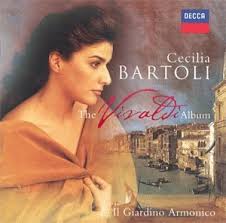

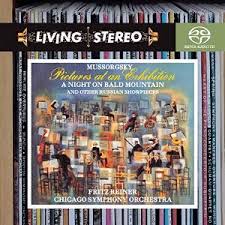
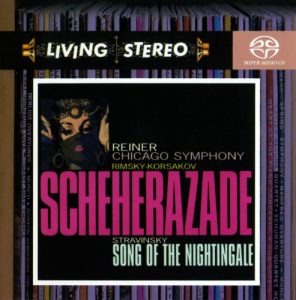
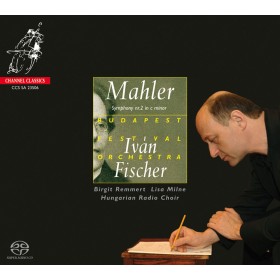
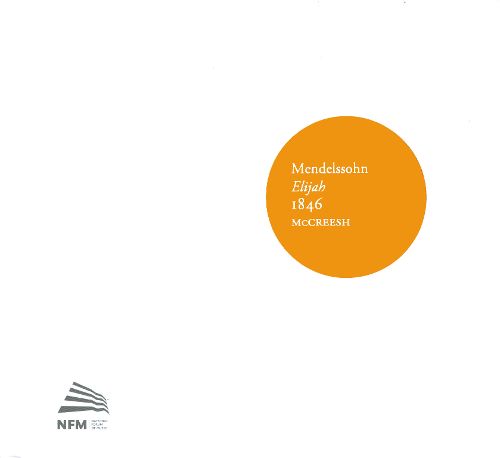
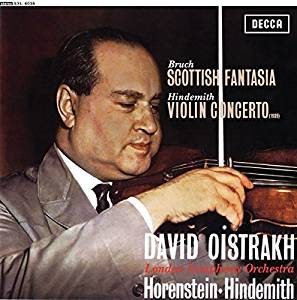
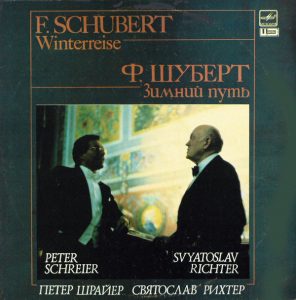
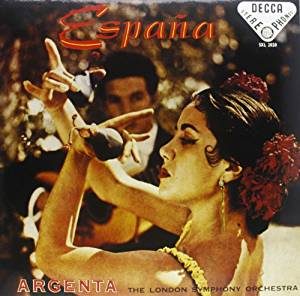
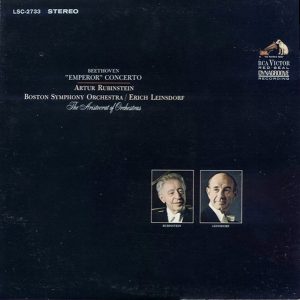
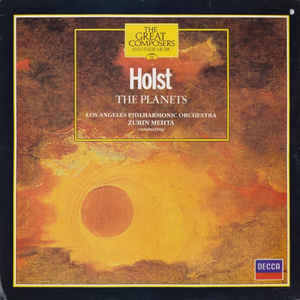
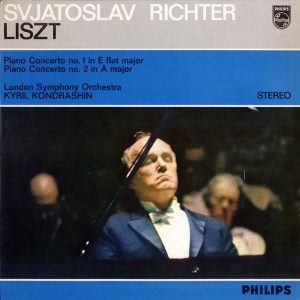
Dear Kedar
We would like to invite you to spend some time with us at Vivid Audio Ltd. We are based about an hour from London near Horsham. I also agree with you regarding Pictures at an exhibition, although I like to listen to the SACD in 3 channel stereo. Its incredible.
My number is 07980 665356. I think you would enjoy them esp the Giya G1s. We made the B&W Nautilus but we separated from B&W 20 years ago.
Hi Jake, thanks for your invite. I will come over, will just take a few days to confirm the date. Will ping you offline